
The National Transportation Safety Board questioned witnesses Friday on collision avoidance technology and organizational systems to manage risk. It is the third and final day of investigative hearings probing January’s midair collision between a US Army Black Hawk helicopter and an American Airlines regional jet, operated by PSA airlines.
It was the first major midair collision in the United States in decades, killing 67 people over the Potomac River, near Ronald Reagan Washington National Airport.
The first two days of testimony highlighted critical moments leading up to the collision as investigators probed witnesses about standard safety practices that should have occurred, altimeters that displayed incorrect altitude, and the helicopter route that came perilously close to the path planes use landing at the airport.
There were over ten hours of testimony on each of the first two days of the hearing. Friday could go even longer to make sure everyone has an opportunity to ask questions, NTSB Chairwoman Jennifer Homendy said.
The NTSB asks questions, but parties to the investigation including the Army, PSA Airlines, air traffic controller’s union and Federal Aviation Administration can also examine witnesses.
On Thursday, an FAA witness acknowledged the air traffic control tower failed to warn the pilots flying the American Airlines regional jet, operated by PSA Airlines.
“No safety alerts,” were given, Nick Fuller, the FAA’s acting deputy chief operating officer of operations, testified.
“Should the local controller have let the PSA crew know that there was a helicopter there?” Homendy asked.
“Yes,” Fuller acknowledged.
The tower did warn the pilots of the Black Hawk helicopter about the approaching regional jet and they said they would avoid it, transcripts of the cockpit voice recorders and air traffic control audio released revealed.
Yet, moments later, the aircraft collided.
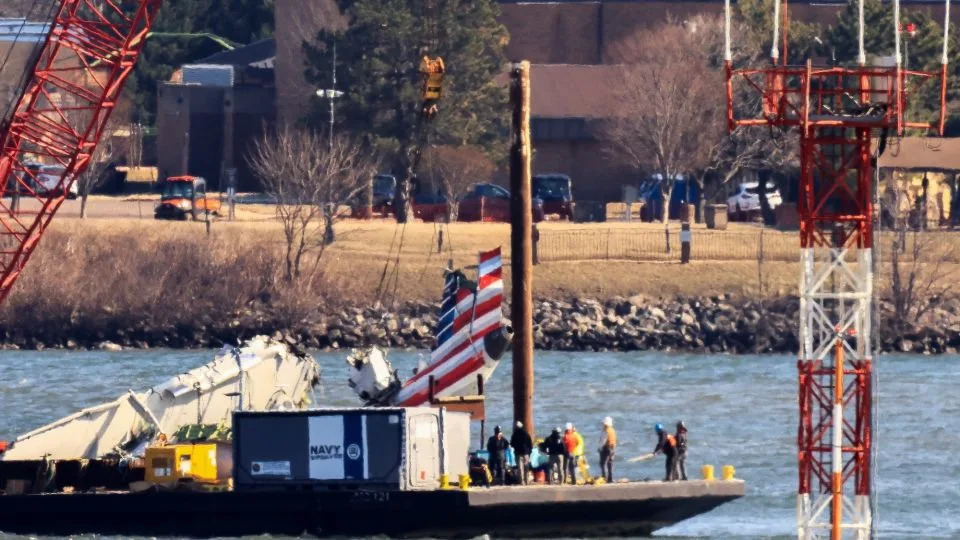
Multiple air traffic controllers and pilots at Reagan National Airport told the NTSB they struggled with the constant stream of planes, leading to a “make it work” attitude among them.
“This is ‘we just make it work,’ because we don’t have another choice,” NTSB investigator Brian Soper said they told him in on-site interviews. “There are airplanes coming in and everything was related to the capacity, the demand or the amount of traffic.”
Another witness, Rich Dressler of Metro Aviation, which operates medical helicopters in Washington said the way the Army flies helicopters around the city makes him uneasy.
“Is there any unit that when you hear it makes you feel uncomfortable?” Soper asked.
“Sadly, yes,” Dressler responded. “I don’t like saying that 12th aviation battalion gives us all pause in the community. And I’m speaking from my group there; we are all very uncomfortable when those two units are operating.”
An NTSB determination of the collision’s probable cause is expected in January.
For more CNN news and newsletters create an account at CNN.com
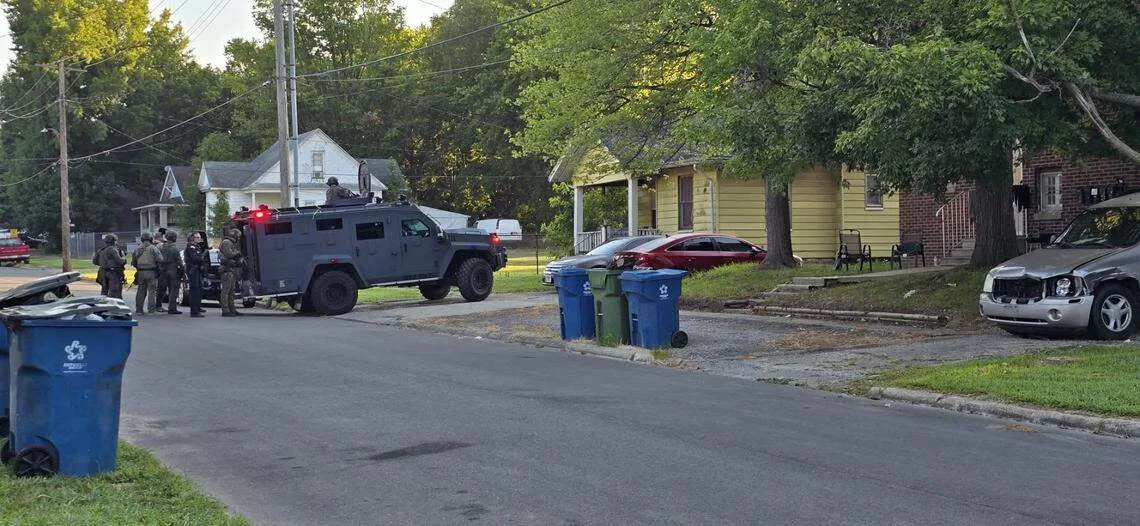

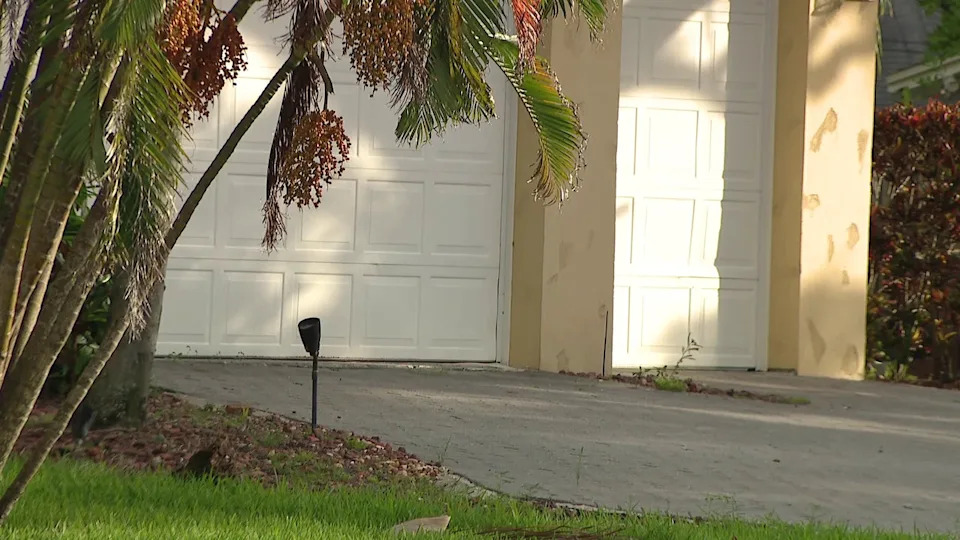

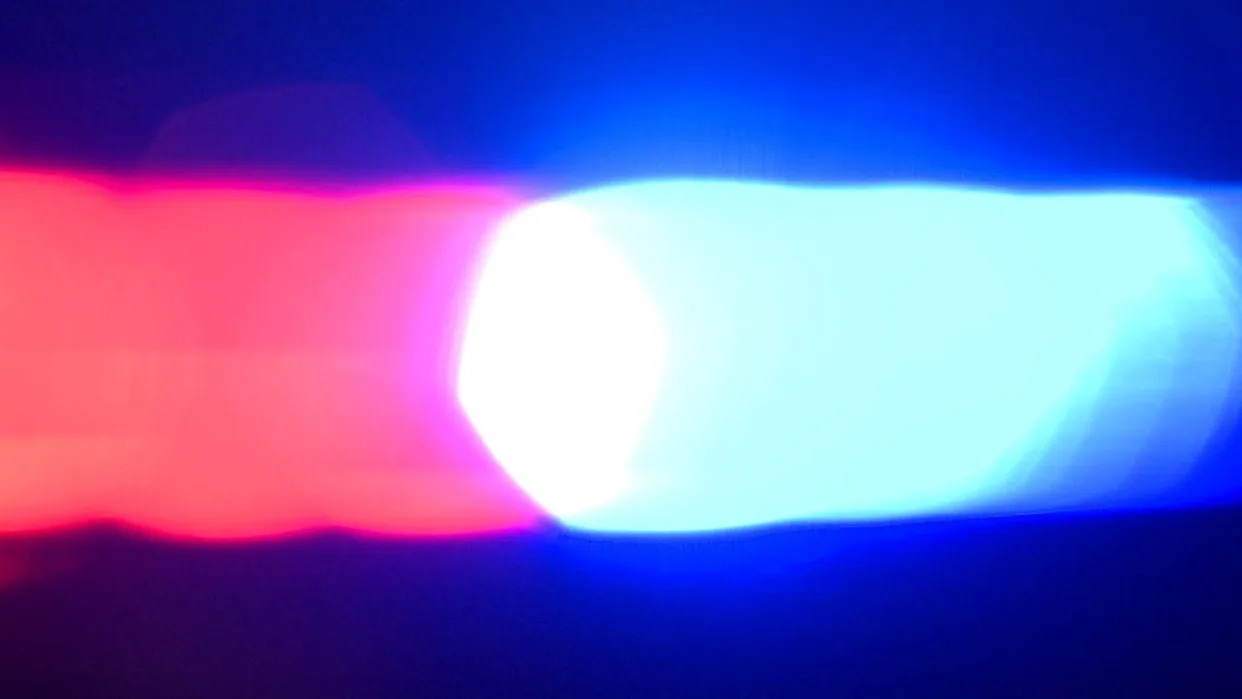
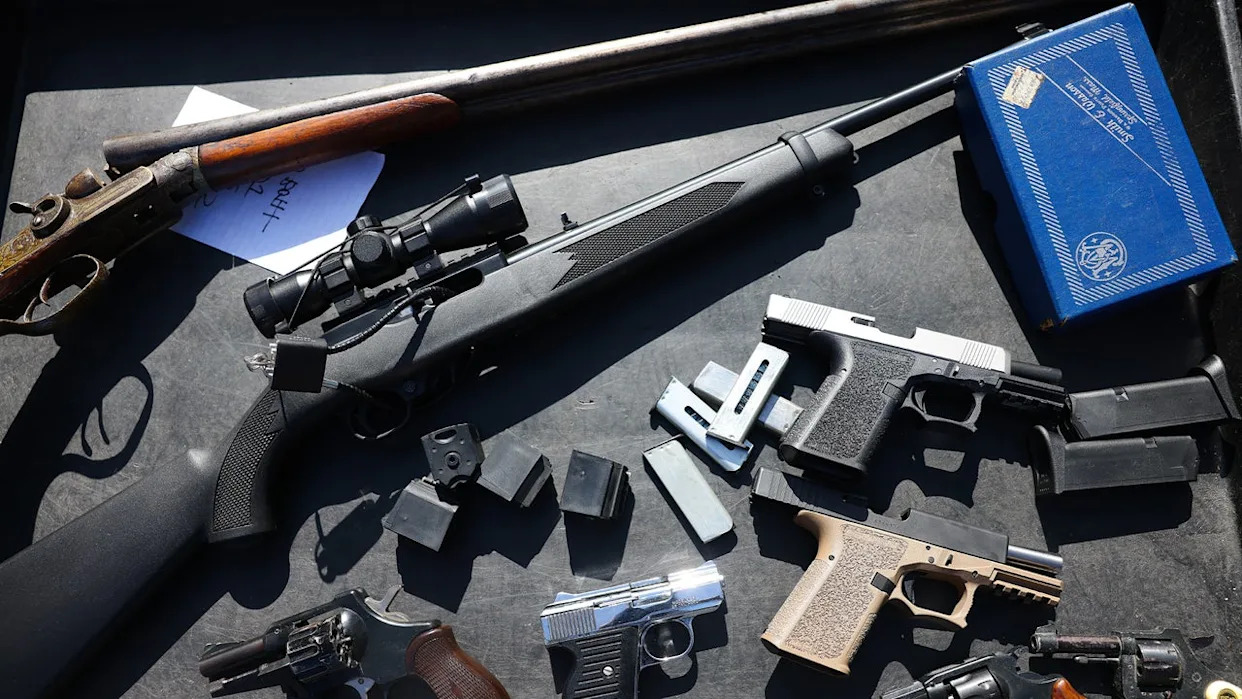
Comments